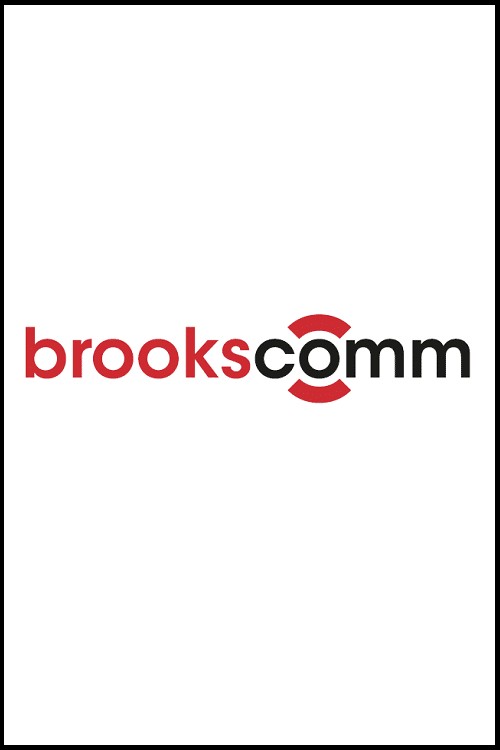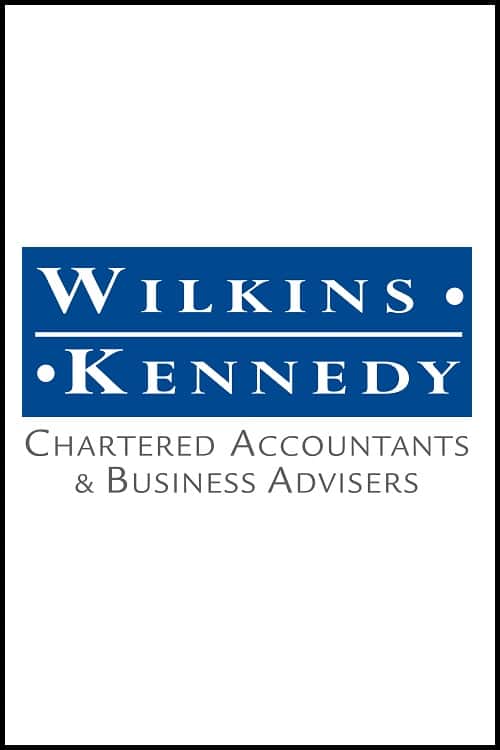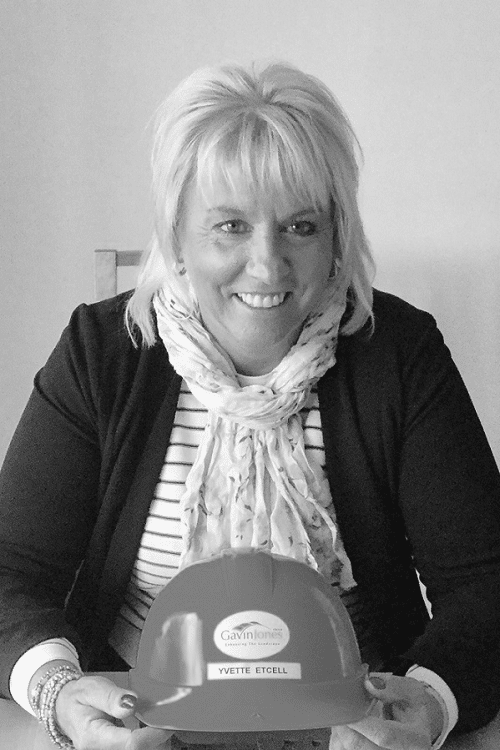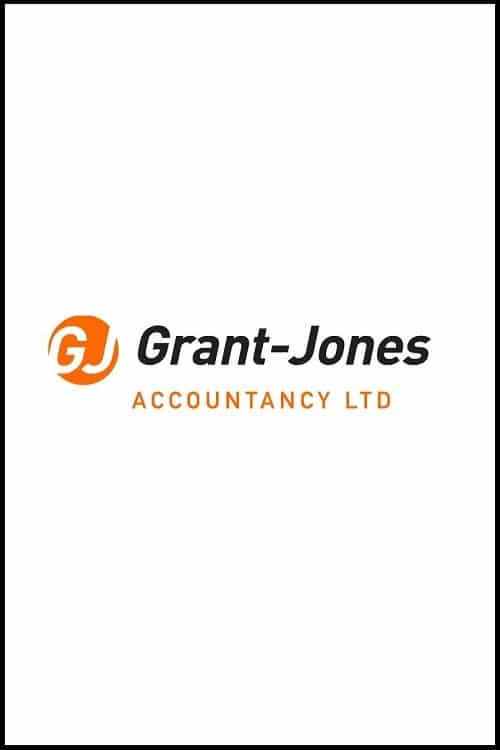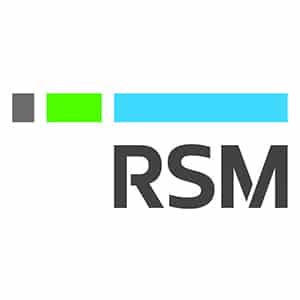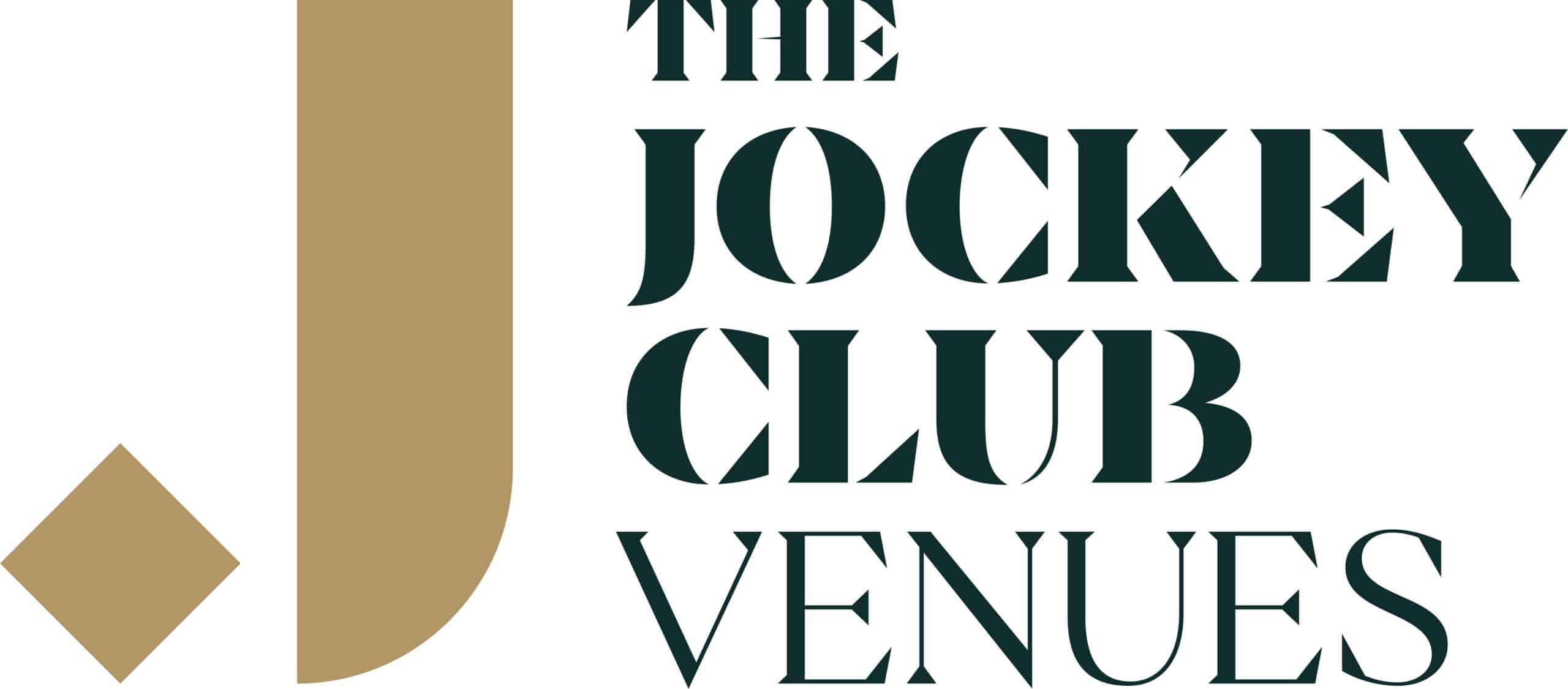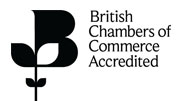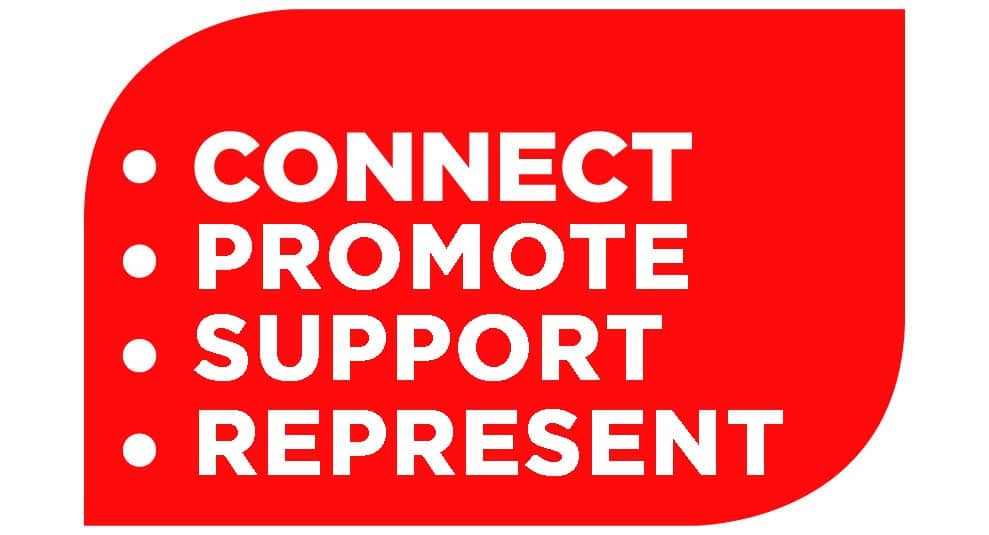Performance Enhancer- The art of creating a performance framework for Remote Teams
15th July 2020

Performance Enhancer
The number one thing I get asked by leaders is how to manage their remote team’s performance. It seems that when we are able to have face to face meetings
and lean over the desk to give advice – we as leaders feel more in control of our workplace.
Recent research by Forbes has shown that 34% of the UK workforce now works from home. The trend indicates that at least part of our team is likely to be working from home in the future.
The reason we need goal-oriented performance from our employees is that we want to improve products, customer experience and ultimately to expand our markets. But how do we do this when it feels like we are increasingly reliant on employee goodwill?
Employees don’t just want to feel like part of a production line- they want to be developed and some want to move up the career ladder. Other’s might not know what to do so will need us to clarify the goals and action steps with them. Another camp of employees may sadly not be meeting the minimum expectations required. This mixed bag of performance from employees is often difficult for a leader to deal with correctly.
“Good performance accountability is about having a positive conversation between manager and employee. A manager is a coach and communicator, not command and controller.”
-Dave Ulrich
However the PERFORMANCE of our team is one of the key aspects that we need to get right as remote leaders. According to Personnel Today (2018) ongoing assessment of individual and team performance is vital for remote team success.
The first bit of advice I give leaders regarding productivity is to provide a framework for employees to encourage good performance. It’s vital to ensure that an employee’s wellbeing is balanced against the outputs. Micromanagement doesn’t work with remote employees so how can we balance our employee and company needs to ensure performance?
A few key tips to enhance remote team performance:
1. Encourage employees to realistically assess what they can do in a day taking into account doing regular exercise and family commitments.
2. Agree how often you will chat to them during the week and provide an open door virtual office at certain times of the day to clarify tasks.
3. Set out a simple format for weekly one to ones that enable employees to evaluate their own performance and ask for help where necessary.
4. Train employees on the performance appraisal cycle in your company and how to help set mutually agreed goals. These goals should link to minimum standards required, personal development as well as learning objectives.
Communicating with remote employees:
According to Harvard Business Review (March, 2020) providing a communication routine can greatly enhance team success.
- Setting specific, measurable, achievable, realistic and timely goals is key so that employees know what they are aiming towards. I always advise leaders to define the task using these SMART criteria.
- Then discuss and collaborate with the employee to clarify and agree on benchmarks of what good looks like. Employees should be crystal clear too on how their performance will be measured.Record the team and individual tasks on relevant technology platforms such as Asana, Microsoft Teams, MS project, Trello – this helps everyone track performance.
Remote teams and Constructive Feedback
Weaving regular feedback into daily discussions will help your relationship with your employees, and enable signposting of performance roadblocks before they derail.
- You should mix positive messages with objective feedback to steer employees in the right direction. “When x happened, the result was y and the impact was z. What can bed one differently next time?”
- Encourage team members to give feedback to each other by a simple round of key questions in team online meetings. Examples of questions could be: “What team member inspired me this week?”, “What help could I have done with that I didn’t get?” “What frustrated me this week in terms of team/customer/workload?” “What small thing did a team member do for me that made all the difference?” You could decide on monthly feedback questions with your team and run a round of questions in meetings for the first 15 mins to see if they bring more honesty and trust to the team’s working flow.
Performance from your team is key from a business perspective so have a framework for tracking and discussing goals and progress; include goals for personal development in one to ones and give employees the chance to give regular feedback to yourself and each other. Be realistic about how much employees can fit into each day, keeping wellbeing uppermost to avoid stress.
These simple guidelines can go a long way to helping employees perform and excel.
Unfortunately, even if you have put in all of the above steps you could be faced with the underperformance of a particular staff member. According to ACAS, this could be due to Conduct or Capability. I’ve created an easy to follow checklist to help you with how to deal with underperformance but still keep an employee engaged.
If you would like our checklist please pop us an email at info@crestcoachingandhr.com.
Interested in more Remote Leadership Articles, check out our blogs here: https://crestcoachingandhr.com/blog/














